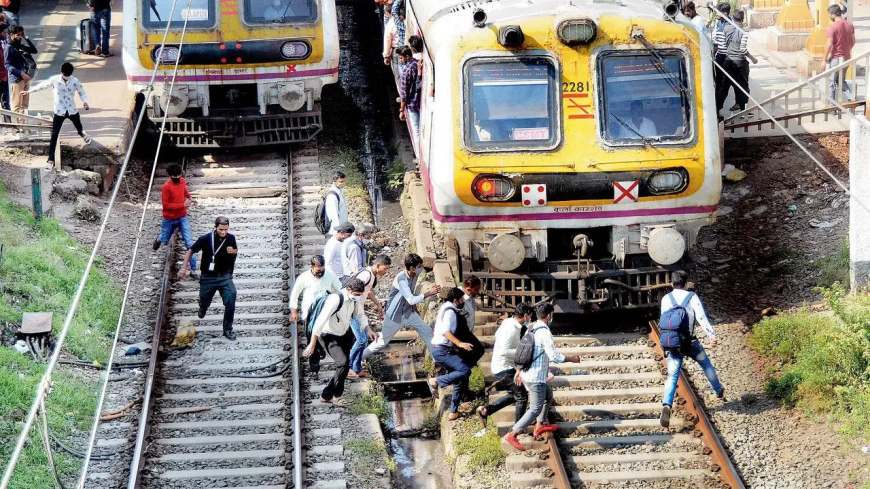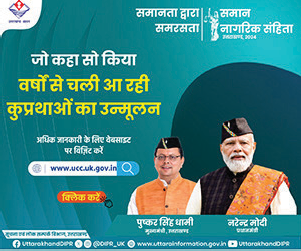Mumbai, June 27: Mumbai’s suburban railway network—often called the city’s lifeline—has reported a significant drop in fatalities over the last 15 years, with the Western Railway (WR) showing a 51.7% reduction and the Central Railway (CR) reporting nearly 40% fewer deaths between 2009 and 2024.
According to official railway data, the Western Railway’s Mumbai Central division, which had recorded 1,468 deaths in 2009, saw that number fall to 709 in 2024. This brought down the death rate from 8 to 3.9 deaths per kilometer annually over its 183-kilometer suburban stretch.
Similarly, the Central Railway’s Mumbai division, which covers 350 kilometers, reported 1,082 deaths in 2024, down from 1,782 in 2009—a drop in the fatality rate from 5.1 to 3.1 deaths per kilometer annually.
Railway officials credit this encouraging trend to a combination of long-term infrastructure upgrades, improved crowd management, enhanced passenger services, and sustained public awareness drives. Among the key initiatives:
-
Western Railway has expanded its daily suburban services from 1,007 in 2004 to 1,406 in 2024, including the introduction of 211 15-car trains and 109 air-conditioned rakes with automatic doors.
-
Carrying capacity has increased significantly, with the number of EMU coaches growing from 10,290 in 2004 to 17,505 in 2024, a 70% increase.
-
Safety infrastructure such as foot overbridges, escalators (116), and lifts (71) have been added to minimize track trespassing and improve accessibility.
-
Ladies’ special trains, first introduced in 1992, now run 10 pairs daily, with women’s reserved seating increased to 25.47% in non-AC coaches since 2022.
On the Central Railway, the number of suburban services has increased from 1,200 in 2004 to 1,810 in 2024. CR has also begun deploying 15-car rakes in phases, while phasing out 9-car trains. Like WR, CR has made significant investments in escalators, lifts, and overbridges to improve station safety and accessibility.
Interestingly, figures from the Government Railway Police (GRP) show slightly higher death tolls. In 2024, GRP reported 1,533 deaths on the CR suburban network and 935 deaths on WR. However, railway officials clarify that these numbers include natural deaths, suicides, and undetermined causes—451 such cases on CR and 226 on WR—which are not directly linked to railway operations.
Despite the progress, officials acknowledge that challenges like overcrowding, unsafe commuter behavior, and track trespassing persist. Still, the consistent decline in fatalities is seen as a testament to the effectiveness of coordinated investment and planning.
A senior WR official noted, “We are seeing the results of two decades of persistent efforts. From expanding services and improving infrastructure to raising awareness, every measure has contributed to saving lives.”
With over 7.5 million commuters using the city’s rail network daily, further improvements are underway to make the system safer, more efficient, and better prepared to serve Mumbai’s growing population.




 Previous
Article
Previous
Article












